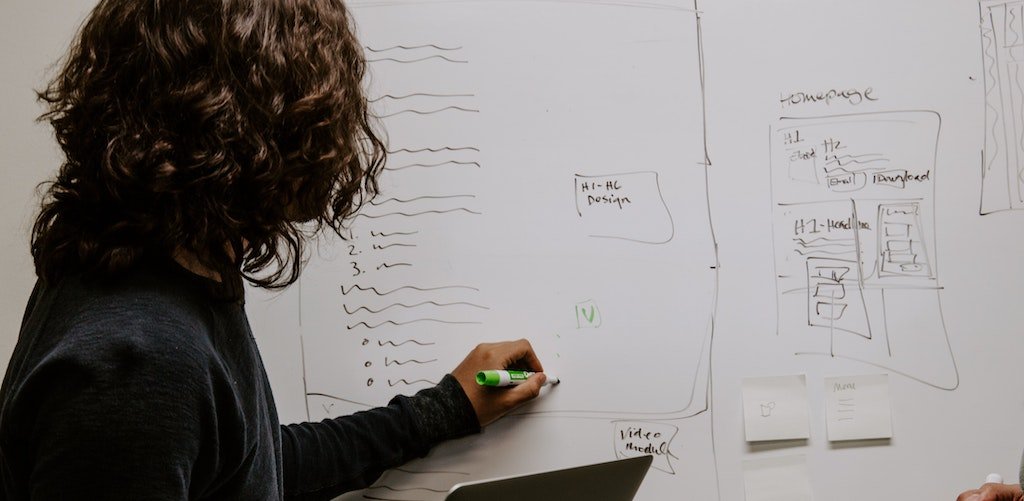
Imagine a world in which all your apps and services worked seamlessly with all the data from your organization. A world in which you could quickly move from one app to another, and still see the same data, sitting gently in the proverbial cloud without time-sucking and soul-crushing imports and exports.
That’s just one of the many data dreams many have had in our sector for decades, and one that could be moving closer (though not completely) into reality.
Microsoft, in collaboration with non-profit organizations and other companies, have been leading an effort to develop the Nonprofit Common Data Model (CDM), with a goal of providing non-profit organizations, technology vendors, and technology consultants one common language to represent key data points and data entities within every non-profit organization.
Considering the huge array of nonprofit organizations, Is this something that could even be built? Even if this is technically feasible, how is it being built, and where can you better understand the benefits this could have for your organization?
We’re going to dive into some of the most common questions we’ve heard about Microsoft’s efforts around the Nonprofit CDM, share our own insights (though, we’re not Microsoft, so this is just our best interpretations), and provide some links to more details.
To back things up to a 30,000 foot view, we Soapbox Engage penguins are big fans of community-driven data models. Like raving fans. We were some of the first folks way back in 2007 to get involved in the Salesforce Foundation’s (its name at the time) Nonprofit Template, which turned into the Nonprofit Starter Pack (NPSP), which is now the Nonprofit Success Pack (NPSP). Phew.
We’re huge supporters of the Nonprofit Success Pack, and we’re continuing to ensure that organizations have powerful online engagement tools that work with it through our Soapbox Engage service for the long-term.
The moral of the story is that our company is focused on building effective and affordable technology solutions for non-profit organizations, and whenever there’s a healthy mix of open source, community, and open data models, we’re eager to lend a hand.
And now, on to the Nonprofit Common Data Model!
What is the Nonprofit Common Data Model?
The Nonprofit CDM is a set of entities (or “objects”) and attributes (or “fields”) that make up a common set of data structures for non-profit organizations. It’s important to note that the Nonprofit CDM can be used far beyond any Microsoft product; however, it’s aligned with Microsoft’s approach to building common data models for key industries, as Microsoft has done elsewhere.
Included in the Nonprofit Common Data Model include at least the following new entities, or extension of existing entities if used in conjunction with Microsoft Dynamics.
Constituent Management Data
- Account
- Contact
- Customer
- Address
- Connection
- Salutation
- Employment
- Education
- Preference
Fundraising Data
- Lead
- Opportunity
- Campaign
- Designation
- Designation Plan
- Credit Plan
- Credit Recipient
- Designated Credit
- Donor Commitment
- Planned Giving
- Payment Schedule
- Payment Asset
- Transaction
- Payment Method
- Payment Processor
Awards Data
- Lead
- Opportunity
- Campaign
- OFAC Match
- Docket
- Recommendation
- Request
- Report
- Award
- Award Version
- Review
- Disbursement
- Objective
- Delivery Framework
- Budget
- Disbursement Distribution
Program Management/Results Data
- Objective
- Delivery Framework
- Budget
- Result
- Indicator
- Indicator Value
Who leads the development of the Nonprofit Common Data Model?
Much of the core development of the Nonprofit Common Data Model is being built jointly between Threshold.World and Microsoft. This is overseen and approved by a governance board of stakeholders in the Microsoft and non-profit communities.
Is the Nonprofit Common Data Model open source?
Yes, the Nonprofit Common Data Model is open source, and available for anyone to view and make requests and comments directly within the GitHub repository.
Where can I see the source code for the Nonprofit Common Data Model?
Absolutely! Take a look at it in the GitHub repository.
How can I contribute to the Nonprofit Common Data Model?
Currently, leading contributions are being made by Threshold.World; however, anyone can join in the discussion via the GitHub repository.
Do I need to use a Microsoft product to use the Nonprofit Common Data Model?
No. Anyone that is interested in following this new standard is able to leverage it, regardless of the platform they choose to use for implementing it.
Do I need to use Microsoft Dynamics to use the Nonprofit Common Data Model?
No. If you’re using the Microsoft platform, you can use the Nonprofit CDM with any database service, such as Dynamics or Common Data Service.
What is the Microsoft Nonprofit Accelerator?
The Microsoft Nonprofit Accelerator is the combination of the Common Data Model as well as configuration and customizations made for Microsoft Dynamics created to make it faster for non-profit organizations to use the Microsoft platform.
What is the difference between the Microsoft Nonprofit Accelerator and the Nonprofit Common Data Model?
You can think of the Common Data Model as a particular way in which data can be stored in a database, specifically for non-profits. The Microsoft Nonprofit Accelerator is additional functionality and configuration for non-profit organizations that use Microsoft Dynamics.
That’s a starting point! We’ll keep updating this with more information as the Nonprofit Common Data Model continues to evolve.